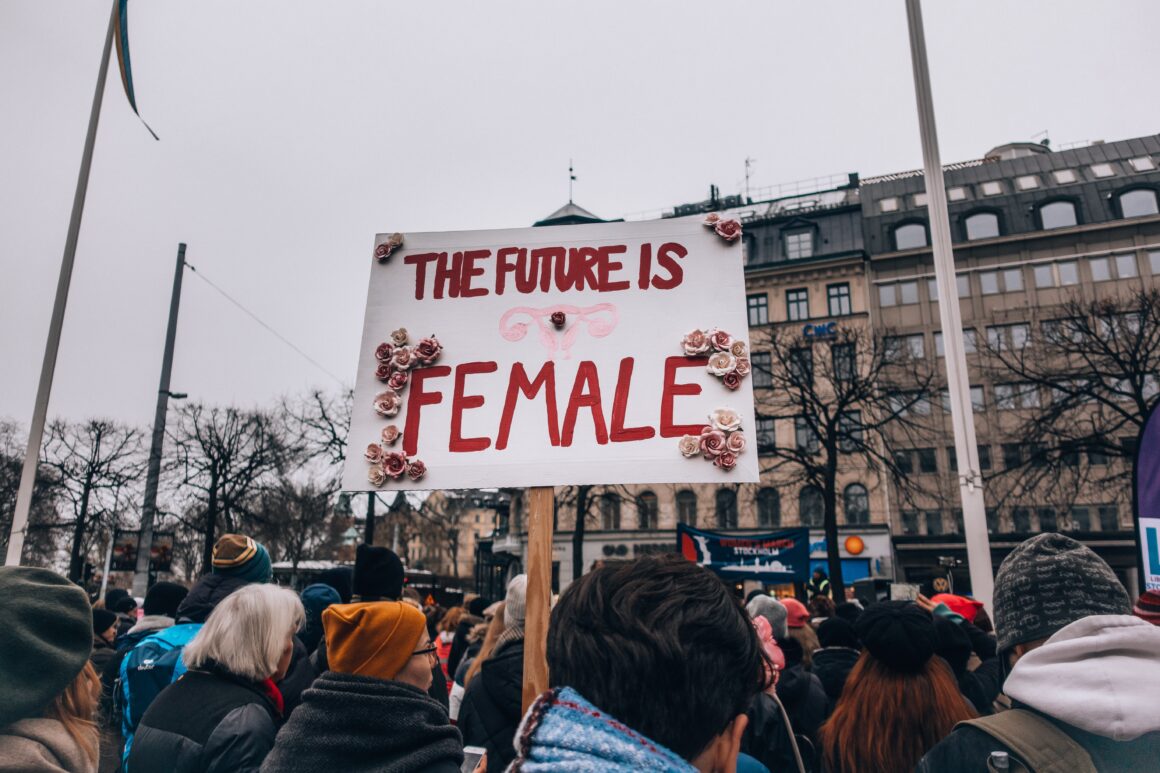
Around a year ago, I was talking to a male about the TV show ‘Orange is the New Black’, and he hadn’t watched it so I explained that it was about women’s lives in women’s prison. The boy’s response to that was “they should make a show like that… but with men.” This person had good intentions, but I don’t think he quite gets it: that’s almost every TV show.
The world has gotten into the rhythm of accepting a story, whether it be a novel, film or other form of entertainment as being politically correct and perfectly acceptable if it features one frequently appearing woman in it. There’ll be a film or TV show with 6 main characters and just one of them will be a woman. John Steinbeck’s ‘Of Mice and Men’ is a great example – Steinbeck cleverly doesn’t name the only woman in the book, only ever referring to her as ‘Curley’s wife’, to display how men at the time, and even sometimes now, viewed women (potentially less significant). This is unjust, right? There is no real excuse for it – it’s not like there are significantly less women than men in the world – in fact, out for every 102 biological males there are 100 biological females. It also isn’t like women never have the opportunity or skill to work in jobs that men work in and do things that men do… So, really, there should be no valid reason as to why women’s inclusion in entertainment is so limited.
Another point is that, male script/story writers (and occasionally female ones) write the female characters in stories as the less likeable or favourable characters to the men. This is a repeated pattern that spans from the hit CW TV show ‘Supernatural’ (villains like Lucifer and Crowley are generally liked and seen to be humorous, whereas female ones like Amara or Rowena are more commonly seen as irritating or dislikeable), to the 2015 Marvel film ‘Fantastic Four’ (the majority of people who watched it exited the cinema claiming Sue was the one they disliked, out of the 3 men and that woman)… and this is merely to name 2 examples. You can argue on this and say it’s ‘just coincidence’, but if you look out for it in future, you’ll discover there is a pattern to female and male characteristics in stories, too.
Despite all this plain and deep-ingrained misogyny to our society, whenever a story or TV show is centred around one woman or multiple women, the male population, as some would put it, ‘kick off’. There was apparently an outbreak due to Star Wars’ December 2016 film ‘Rogue One’ having a female lead. The example I previously listed regarding ‘Orange is the New Black’ also applies. These are just the ones I can list off the top of my head – there are many more relevant instances.
Now, I can’t be the judge of what this relates to completely, but something tells me that some males in society feel threatened by a female lead/female-centric story, as if it’s suddenly demeaning them or deeming women superior or more important than men. In fact, the act of more women having leading roles would not be misandry – men are not of more or less value to women, but they are already appreciated, covered and elevated in society. The gain of women being in stories more often than before is that women are beginning to receive the same appreciation, elevation and coverage that men have.
In conclusion, there’s no cause for panic if women begin to appear in stories more often and in more central roles – it’s not discriminating against men, but eliminating discrimination against women.



Comments are closed.